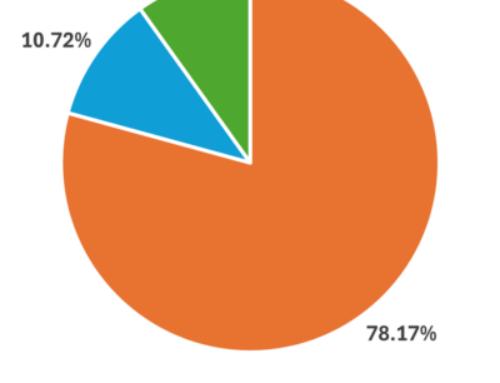Design Aesthetics and Layout
One of the most striking differences between Western and Japanese websites lies in their design aesthetics and layout. Western websites often emphasize minimalism, clean lines, and simplicity. This approach is aimed at creating an intuitive user experience, where users can easily navigate through a site with a clear hierarchy of information. The use of ample white space, large images, and a limited color palette further enhances readability and focus. For example, websites like Apple’s and Google’s showcase a streamlined design that allows users to find information quickly without being overwhelmed by too many visual elements.
In contrast, Japanese websites often appear more cluttered and busy to Western eyes. They frequently feature dense blocks of text, multiple fonts, bright colors, and an abundance of images. This design choice can be attributed to cultural preferences and historical context. Japanese users typically prefer to have all relevant information readily available on a single page, rather than clicking through multiple links. This comprehensive approach ensures that users do not miss any critical details, reflecting a high value placed on thoroughness and accessibility. Websites like Rakuten and Yahoo! JAPAN exemplify this style, presenting a wealth of information in a compact and colorful format.
Technological Constraints and Digital Literacy
Another significant factor contributing to the differences between Western and Japanese websites is the varying levels of technological constraints and digital literacy. In the West, web development practices have rapidly evolved, with widespread adoption of advanced front-end technologies and frameworks that support dynamic, responsive designs. This evolution has been driven by a high demand for seamless user experiences across various devices, pushing designers and developers to prioritize performance and aesthetics.
Japanese websites, however, often lag behind in adopting these newer technologies. This can be partly attributed to the broader technological landscape in Japan, where certain industries still rely heavily on outdated systems like fax machines and Windows XP. Additionally, the complexity of the Japanese language, which requires extensive character sets and custom fonts, poses challenges in web design. Creating and loading these fonts can be resource-intensive, leading to slower website performance and the frequent use of raster images instead of text. This necessity to accommodate a large number of characters while maintaining readability contributes to the densely packed design of Japanese websites.
Cultural Influences and User Behavior
Cultural influences play a crucial role in shaping the design and functionality of websites. In Western cultures, there is a strong emphasis on efficiency and speed. Users expect to accomplish tasks quickly with minimal effort, leading to a preference for straightforward, user-centric designs. The minimalist approach not only caters to these expectations but also aligns with broader cultural values of individualism and clarity.
Japanese culture, with its collectivist mindset, places a higher value on detailed information and thoroughness. This cultural inclination is evident in the design of Japanese websites, where providing exhaustive information upfront is considered more user-friendly. Japanese users tend to prefer having all necessary details immediately accessible to make well-informed decisions. This approach reduces the need for multiple clicks and potential confusion. Furthermore, Japanese websites often integrate elements of traditional aesthetics, such as the use of specific color schemes and motifs, which resonate with local users and create a sense of familiarity and trust.
In conclusion, the differences between Western and Japanese websites are deeply rooted in cultural preferences, technological development, and user behavior. While Western websites prioritize minimalism and ease of navigation, Japanese websites focus on providing comprehensive information and catering to local cultural aesthetics. Understanding these differences is crucial for businesses aiming to engage effectively with audiences in both regions.


